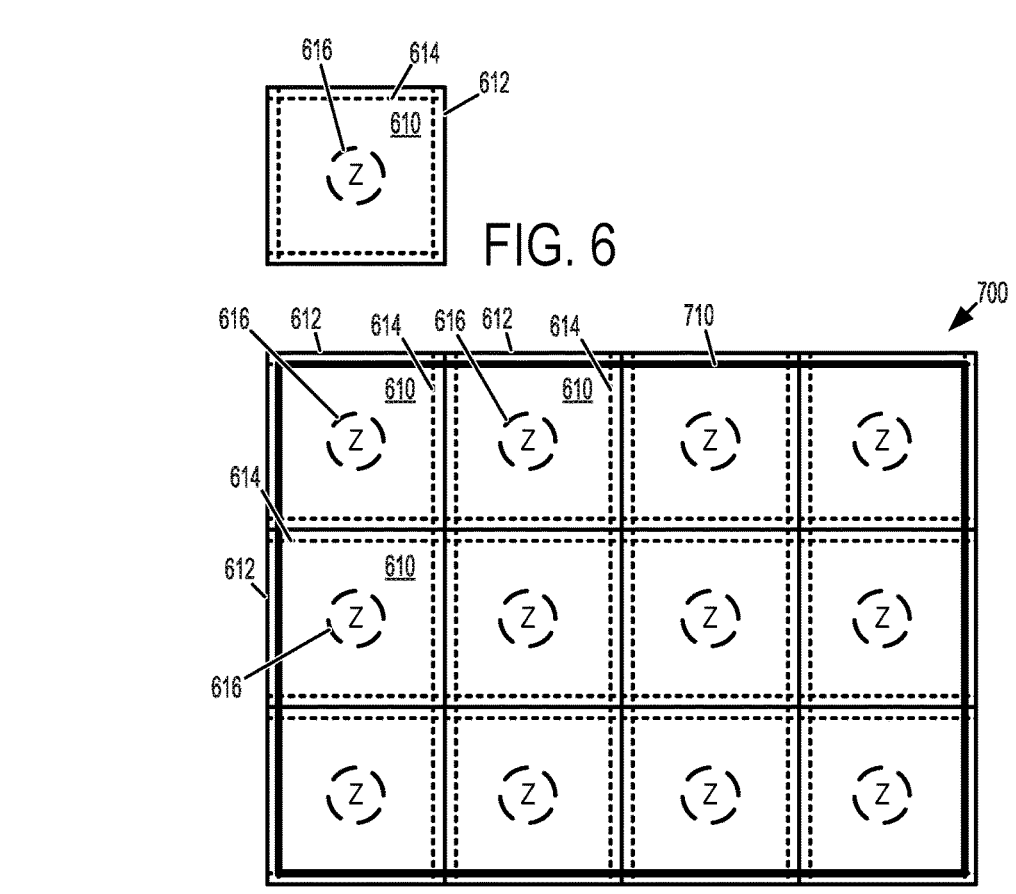Could Microsoft’s high-tech floormat be the future of at-home 4D entertainment?
According to a patent filed by Microsoft to the United States Patent & Trademark Office earlier this week, the company has been experimenting with the idea of a unique VR floormat device designed to enhance player immersion for at-home experiences.
Reported first by Variety, “The Virtual Reality Floor Mat Activity Region,” the system would be comprised of three primary components: an optical sensor, a designated computing system, and arguably the most unique feature, a special-purpose floor mat. This device is composed of a series of fiducial markers, which serve as points of reference for an imaging system, as well as pressure sensors to track the user’s exact position on the mat. This could allow the system to generate a custom experience based on your movements, further immersing you in the experience by simulating a potentially endless VR environment.

According to the patent, the proposed system would, “detect a presence of the one or more fiducial markers of the floor mat within the physical environment based on the image data; define an activity region within the physical environment based on the one or more fiducial markers detected within the physical environment; identify a positioning of a physical subject within the physical environment relative to the activity region; and selectively augment a virtual reality experience based on the positioning of the physical subject identified relative to the activity region.”
Here’s where things get interesting. The patent then goes on to detail the potential integration of haptic feedback technology, which could include “one or more vibration devices integrated into the floor mat to generate vibration at the floor mat; and wherein the virtual reality experience is augmented by generating vibration at the floor mat via at least one vibration device of the one or more vibration devices.”
The potential benefits a device such as this could bring to the at-home VR market are obvious. If priced correctly, this could be an incredible way for consumers to enhance their existing setups, essentially turning their personal playspace into a miniature location-based immersive experience; not to mention the exciting opportunities for developers without the budget or resources to include haptics.

Another interesting aspect of the filing was a photo that appears to include a Microsoft Kinect. As pointed out by Gizmodo, the concept image shows what looks to be possibly a second-generation Kinect. While the motion sensor received mixed reviews upon its 2010 release and was eventually discontinued in 2017, the device managed to develop a cult following by hackers and indie developers; so much so that Microsoft has confirmed a new version is on the way in the near future.
While the patent makes reference to several potential computing solutions, it wouldn’t be too crazy to think the Kinect could be making its return as an accessory to this new system.
Feature Image Credit: United States Patent & Trademark Office
The post Microsoft Files Patent For VR Mat With Haptic Feedback And Pressure Sensors appeared first on VRScout.
from VRScout https://ift.tt/33cw34W
via IFTTT
No comments:
Post a Comment